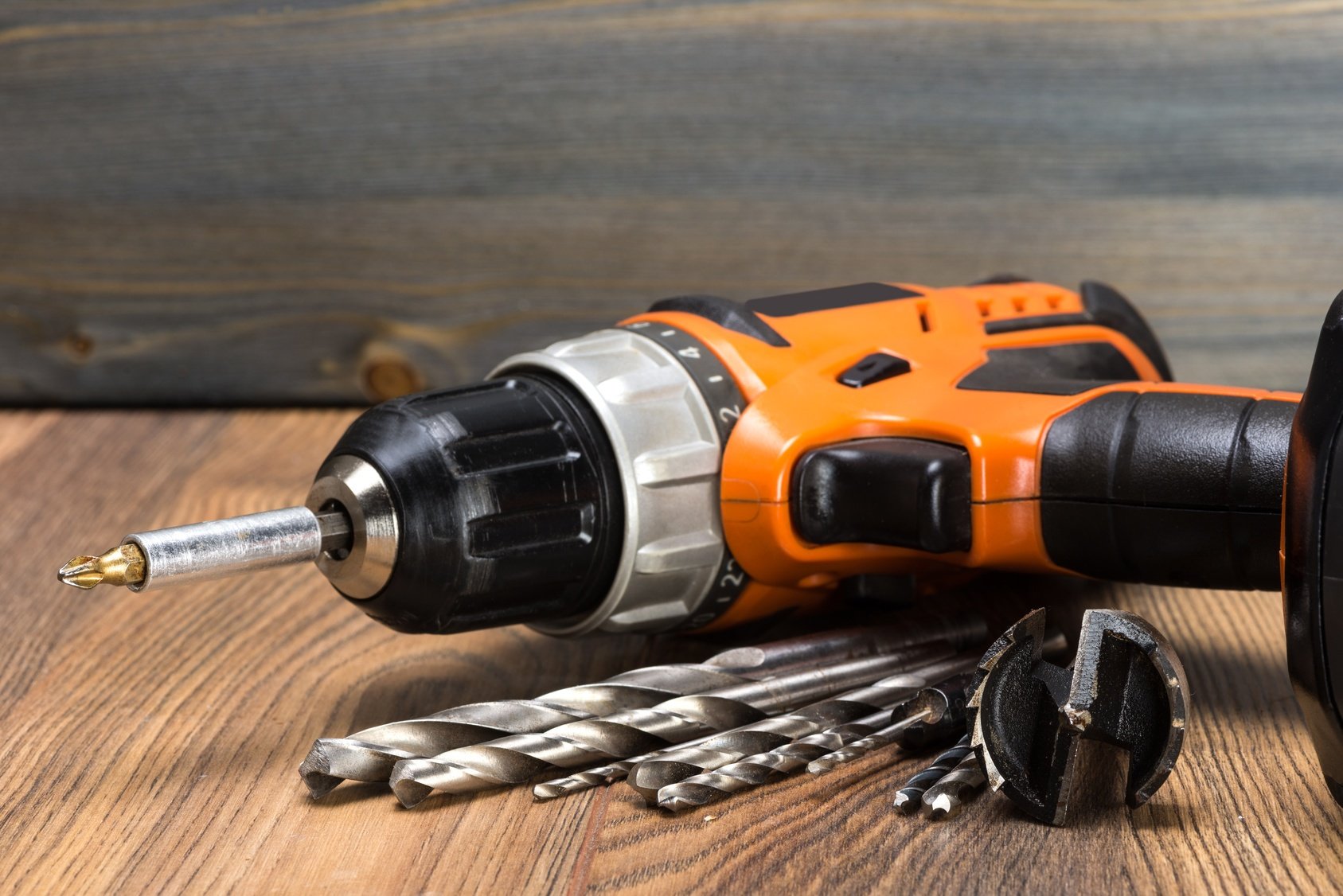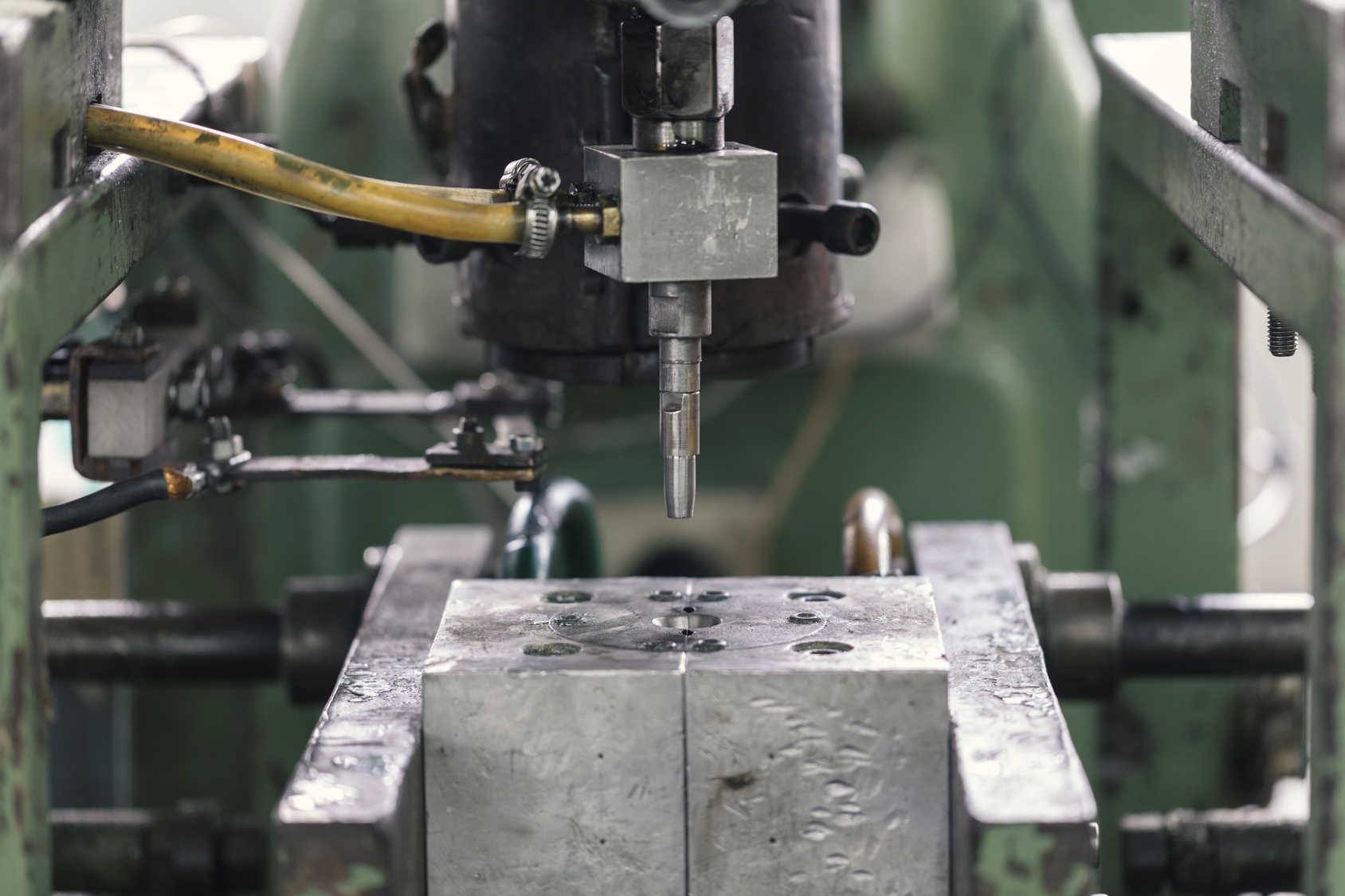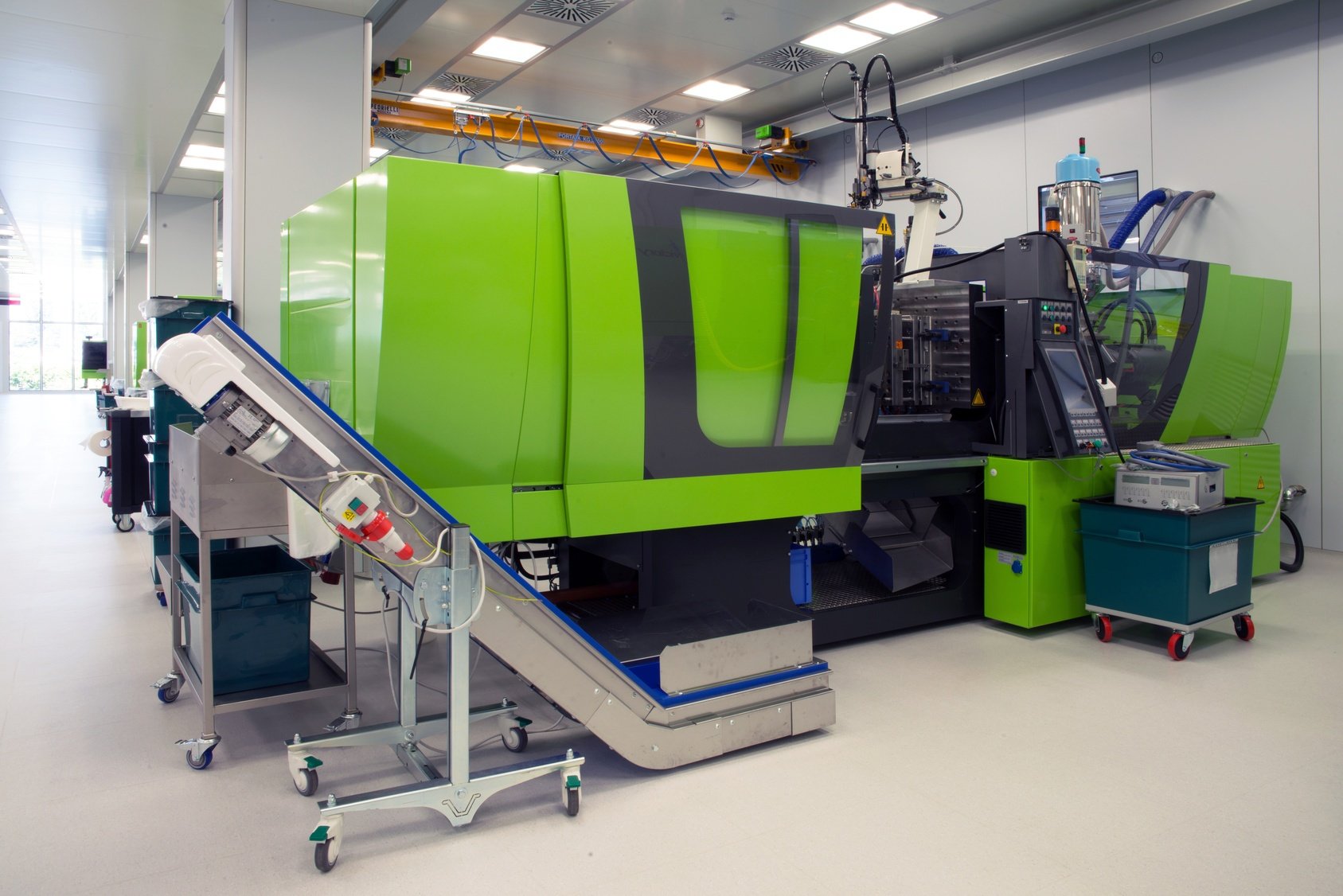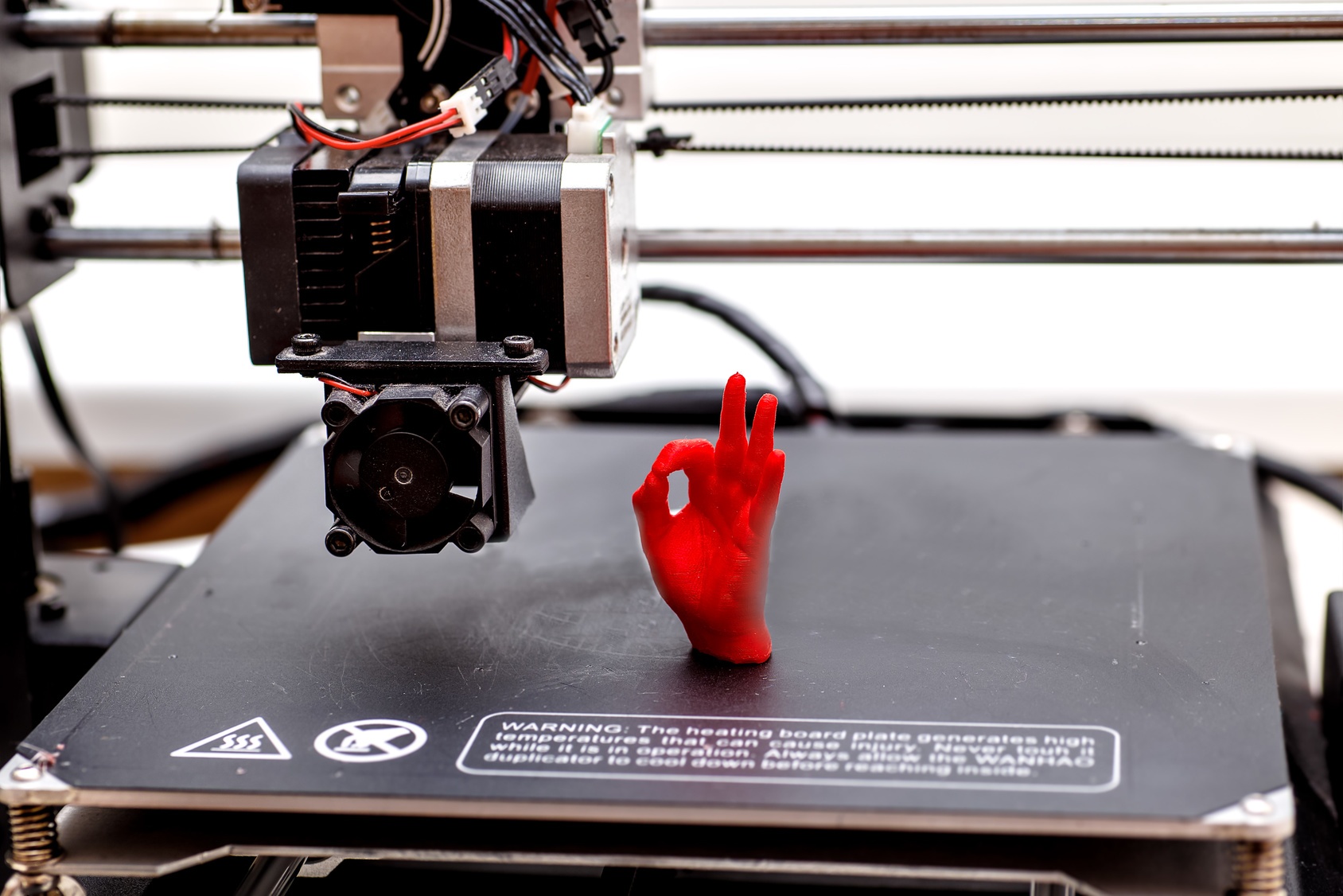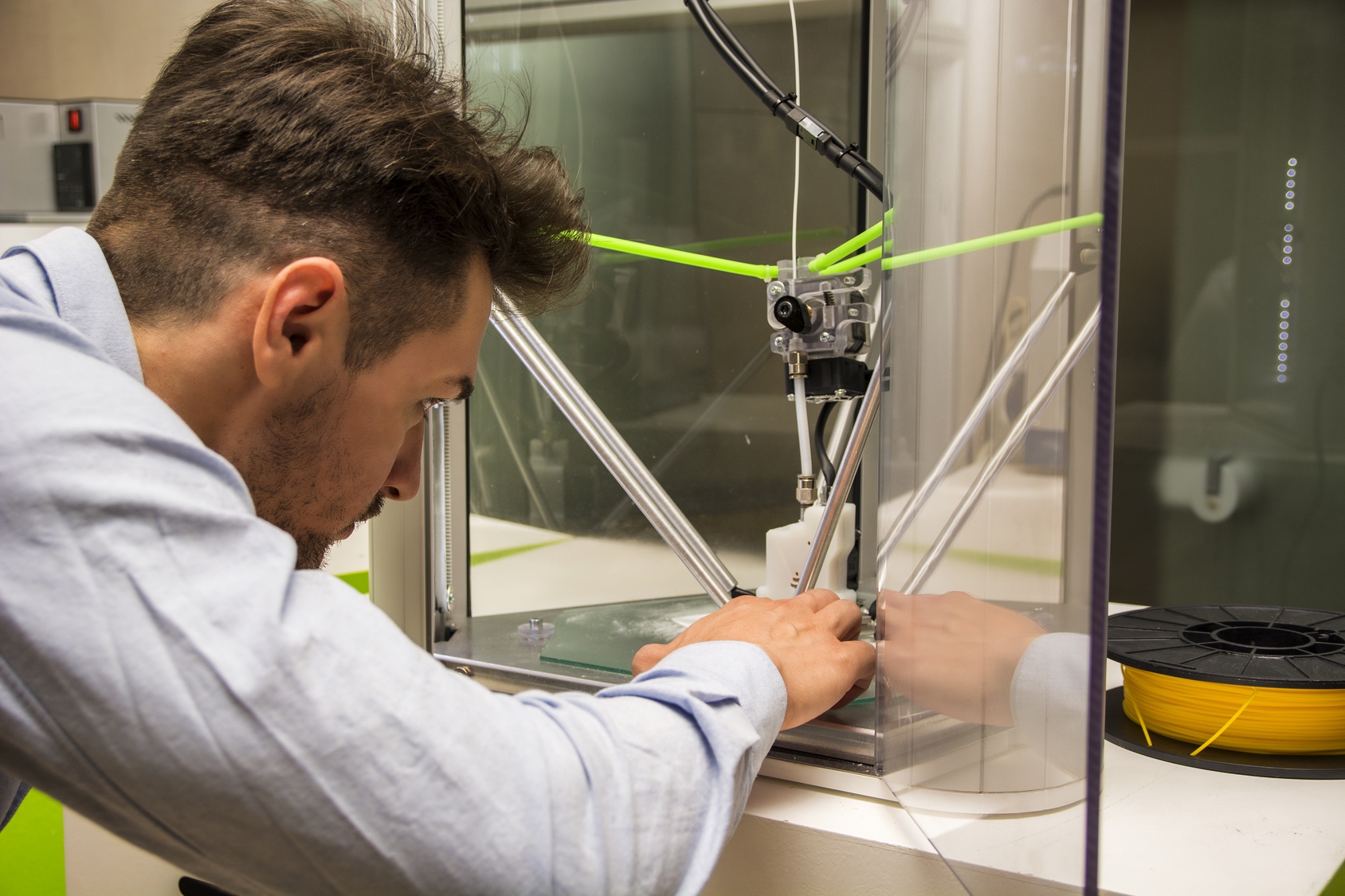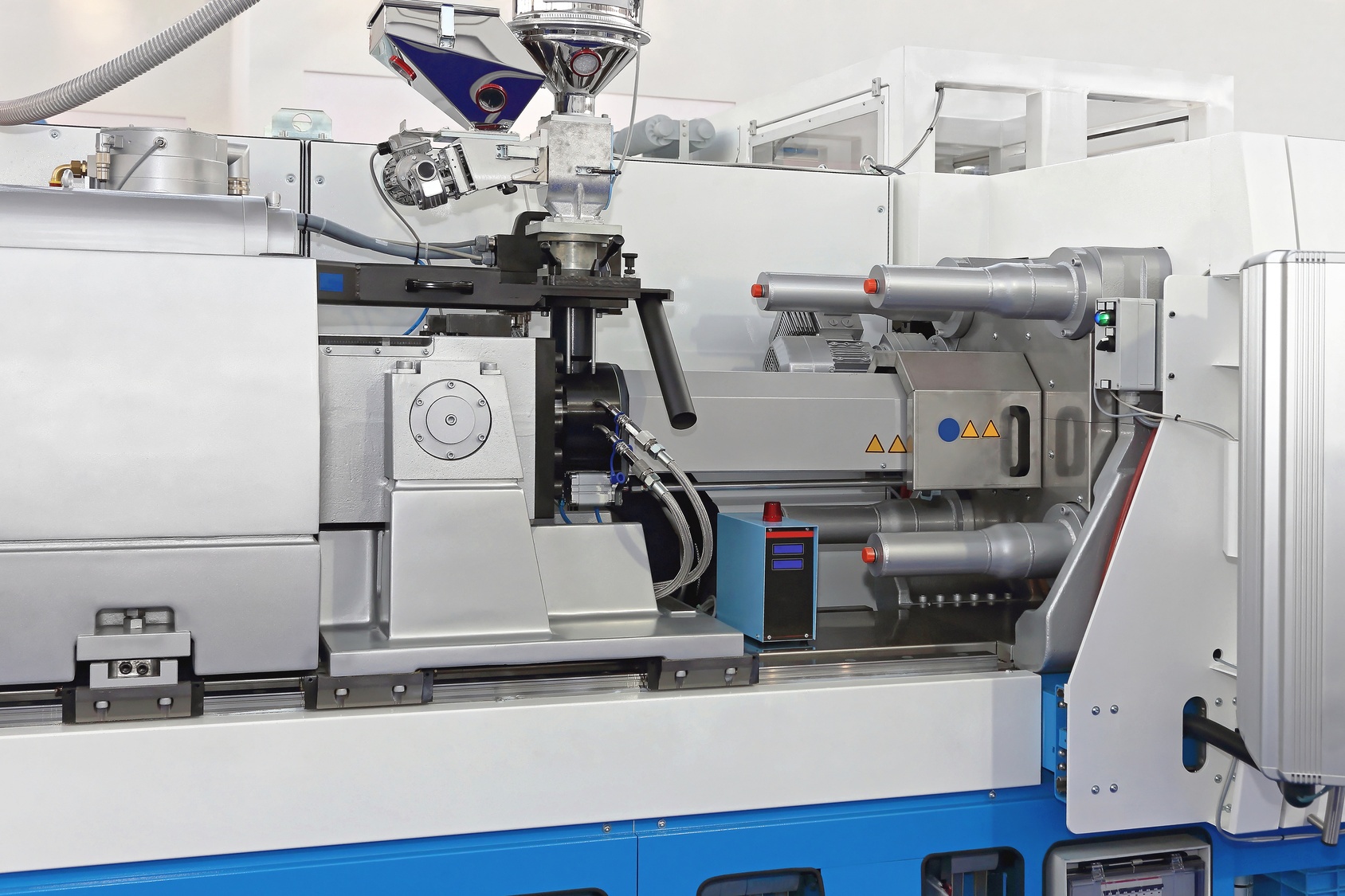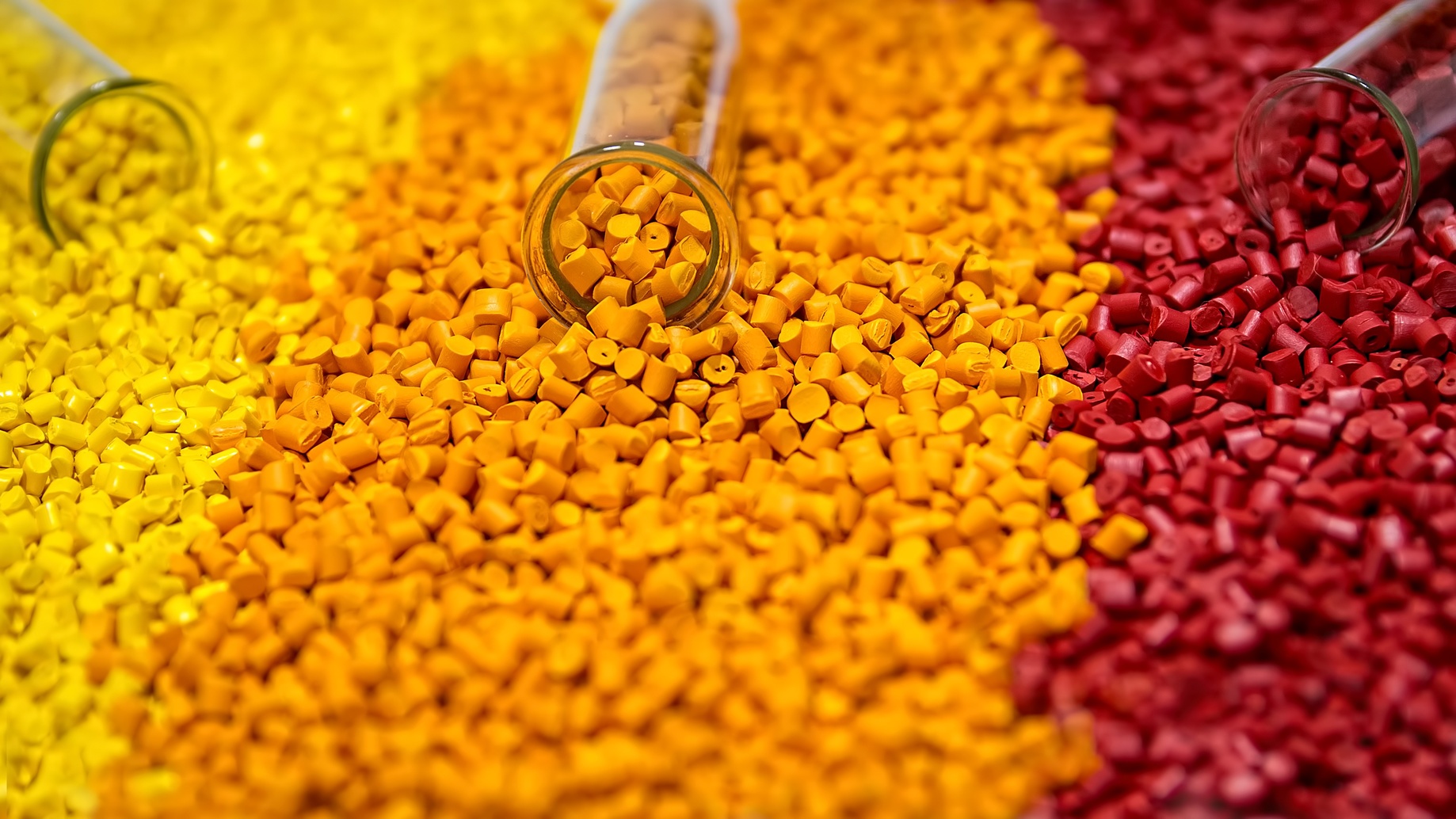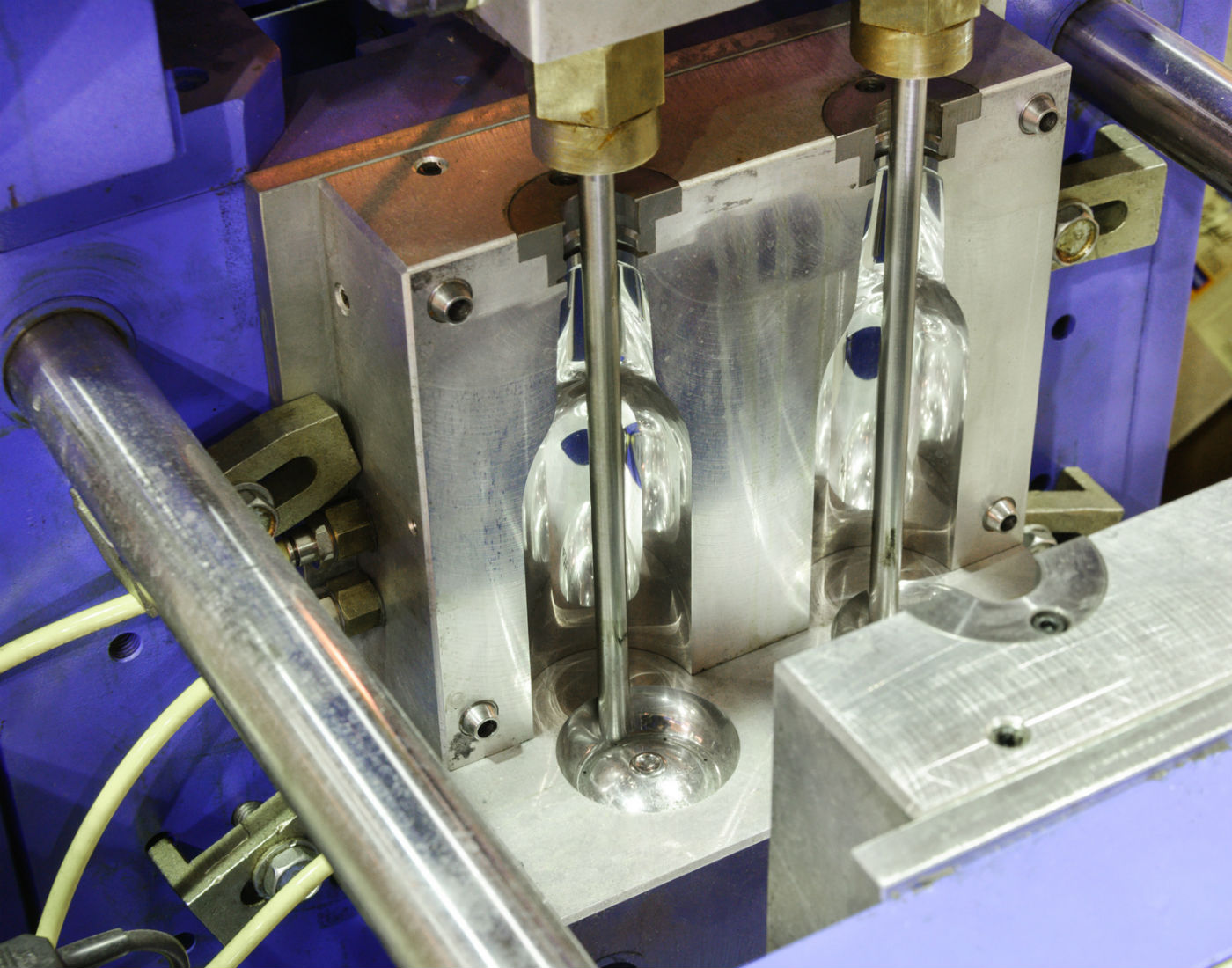Blow molding vs. injection molding—what’s the difference? Both are common methods used to create plastic parts. And while some parts require both blow-molded and injection-molded components—for example, a medical device with a blow-molded container attached to an injection molded apparatus, or a military application with a blow-molded “payload” packet fabricated inside an injection molded projectile—the two methods primarily serve different markets.
Blow Molding Vs. Injection Molding: A Comparison For Engineers
What Type Of Molding Process Does Your Prototype Require?
If you’re creating a plastic part, it’s important to know what type of injection molding process your part will require. Do you know if your part needs to be molded in a cleanroom environment, or whether you should use a vertical or horizontal injection molding machine?
Plastic Mold Manufacturing: A Behind-The-Scenes Look At Micron
There are thousands of plastic injection molding companies around the world, but here at Micron, we like to think we approach things a little differently from the rest of the crowd.
One of those differences is that we do our plastic mold manufacturing in-house as opposed to outsourcing this job. This allows us a high degree of quality control throughout the mold-making process, and helps to address any questions or issues on an injection molding project before the mold is created.
Cleanroom Molding: What You Need To Know Before Manufacturing
If you need to manufacture a plastic part that must remain as clean as possible—like an implantable medical device—you'll need to have your part made in a cleanroom environment.
Cleanroom molding is the process of creating plastic parts in a special room optimized to reduce the risk of contamination by dust or other particles. The medical, pharmaceutical, aerospace, military, and biotech industries frequently require parts to be created in a cleanroom environment.
The Use Of 3D Printing In Manufacturing Now & In The Future
In recent years, 3D printing has become extremely useful in manufacturing—and, more specifically, in plastic injection molding. Injection molding companies often use a 3D printer to create a part from a model, drawing, or concept plastic part.
6 Types Of Injection Molding Technology
From advancements that have helped the industry for over 40 years to the latest cutting-edge innovations, there are a number of interesting plastic injection technologies out there that could be used to bring your prototype into production.
Meet Micron: An Innovative Injection Molding Company In Massachusetts
Hello! We’re Micron Products.
Founded in 1972, we are a full-service contract manufacturing and injection molding company based in Massachusetts. The shop we acquired at that time was founded in 1925, making us one of the oldest companies in the injection molding industry.
How Does The Injection Molding Process Work? A Breakdown For Product Engineers
As an engineer, your focus is on taking a product idea and figuring out how to get it manufactured so it fits all your specifications and stays within your budget. But before you select an injection molding partner, it’s a good idea to brush up on what the injection molding process looks like.
Mold Making Services In The U.S. Vs. China—Which Should You Choose?
If your company requires plastic injection molding services to create a plastic part, one of the first—and most critical—decisions to make is whether you’re going to go with a plastic injection mold service in the U.S. or one based overseas. While many countries offer mold-making services, China is the primary player in this market.
Medical Device Injection Molding: How To Find The Right Partner
Medical device injection molding is used in everything from syringes to IV roller clamps to dialysis machine components.
While you must ensure that your medical device is manufactured to FDA standards and is ISO 13485 compliant, you also need to be certain that the company you select is the right one for your needs.



